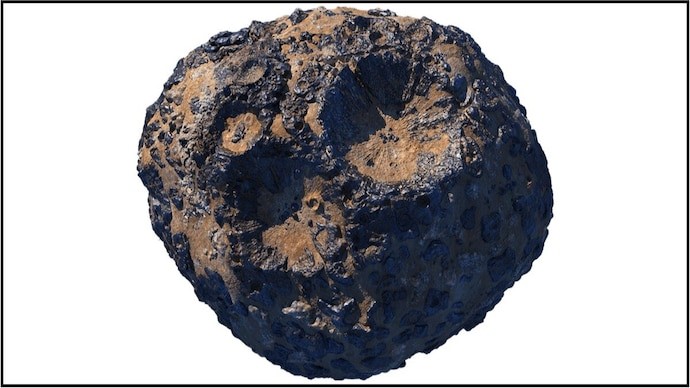Free Courses Sale ends Soon, Get It Now


Free Courses Sale ends Soon, Get It Now



Disclaimer: Copyright infringement not intended.
Context
Details
Mission Objective
Asteroid 16 Psyche
Mission Timeline
Scientific Instruments
Secondary Mission - NASA's Deep Space Optical Communications (DSOC)
Scientific Significance
Collaboration and Leadership
Conclusion
NASA's Psyche mission represents a significant step forward in our quest to uncover the secrets of our solar system's formation and the Earth's core. By studying the metallic asteroid 16 Psyche, scientists hope to answer fundamental questions about the building blocks of planets and the early history of our solar system. This mission also holds promise for advancing space communication technology through the DSOC experiment.
|
PRACTICE QUESTION Q. Consider the following statements regarding NASA's Psyche mission: 1. The Psyche mission aims to explore a metallic asteroid called 16 Psyche, located in the asteroid belt between Mars and Jupiter. 2. The Psyche spacecraft will host a technology demonstration known as NASA's Deep Space Optical Communications (DSOC) experiment. 3. 16 Psyche is composed mainly of water ice, making it similar in composition to Saturn's moon, Enceladus. Which of the statements above is/are correct? A) Only Statement 1 is correct. B) Statements 1 and 2 are correct. C) Statements 1 and 3 are correct. D) All three statements (1, 2, and 3) are correct. Answer: B) |
© 2024 iasgyan. All right reserved